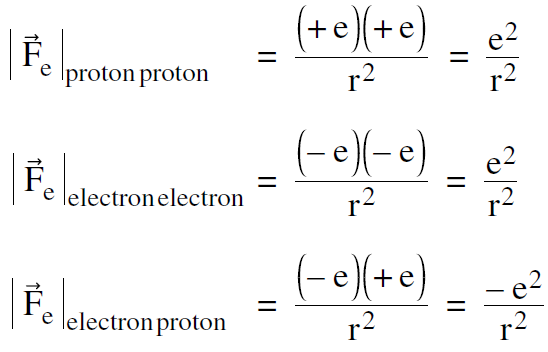
تاريخ الفيزياء

علماء الفيزياء


الفيزياء الكلاسيكية

الميكانيك

الديناميكا الحرارية


الكهربائية والمغناطيسية

الكهربائية

المغناطيسية

الكهرومغناطيسية


علم البصريات

تاريخ علم البصريات

الضوء

مواضيع عامة في علم البصريات

الصوت


الفيزياء الحديثة


النظرية النسبية

النظرية النسبية الخاصة

النظرية النسبية العامة

مواضيع عامة في النظرية النسبية

ميكانيكا الكم

الفيزياء الذرية

الفيزياء الجزيئية


الفيزياء النووية

مواضيع عامة في الفيزياء النووية

النشاط الاشعاعي


فيزياء الحالة الصلبة

الموصلات

أشباه الموصلات

العوازل

مواضيع عامة في الفيزياء الصلبة

فيزياء الجوامد


الليزر

أنواع الليزر

بعض تطبيقات الليزر

مواضيع عامة في الليزر


علم الفلك

تاريخ وعلماء علم الفلك

الثقوب السوداء


المجموعة الشمسية

الشمس

كوكب عطارد

كوكب الزهرة

كوكب الأرض

كوكب المريخ

كوكب المشتري

كوكب زحل

كوكب أورانوس

كوكب نبتون

كوكب بلوتو

القمر

كواكب ومواضيع اخرى

مواضيع عامة في علم الفلك

النجوم

البلازما

الألكترونيات

خواص المادة


الطاقة البديلة

الطاقة الشمسية

مواضيع عامة في الطاقة البديلة

المد والجزر

فيزياء الجسيمات


الفيزياء والعلوم الأخرى

الفيزياء الكيميائية

الفيزياء الرياضية

الفيزياء الحيوية

الفيزياء العامة


مواضيع عامة في الفيزياء

تجارب فيزيائية

مصطلحات وتعاريف فيزيائية

وحدات القياس الفيزيائية

طرائف الفيزياء

مواضيع اخرى
Positive and Negative Charge
المؤلف:
E. R. Huggins
المصدر:
Physics 2000
الجزء والصفحة:
538
14-12-2020
2497
Positive and Negative Charge
It was Ben Franklin who introduced the concept of two kinds of electric charge. Franklin noticed that you get opposite electrical effects when you rub a glass rod with silk, or rub a rubber rod with cat fur. He decided to call the charge left on the glass rod positive charge, and the charge left on the rubber rod negative charge. What we will see in this section is how this choice of positive and negative charge leads to the electron having a negative charge – e, and a proton a positive charge + e.
charge on an electron = – e (1a)
charge on a proton = + e (1b)
Despite the fact that the electron’s charge turns out to be negative, e is still called the charge on an electron.
The basis for saying we have two kinds of charge is the fact that with the electric interaction we have both attractive and repulsive forces. With the choice that electrons are negative and protons are positive, then the rules shown in Figure 1 can be summarized as follows: like charges (2 protons or 2 electrons) repel, opposite charges (proton and electron) attract. We can explain the lack of any force on the neutron by saying that the neutron has no charge— that it is neutral.
Choosing one charge as positive and one as negative automatically gives us a reversal in the direction of the force when we switch from like to opposite charges


Figure 1: The electric interaction between protons and electrons at rest. There is no electric force on a neutron.